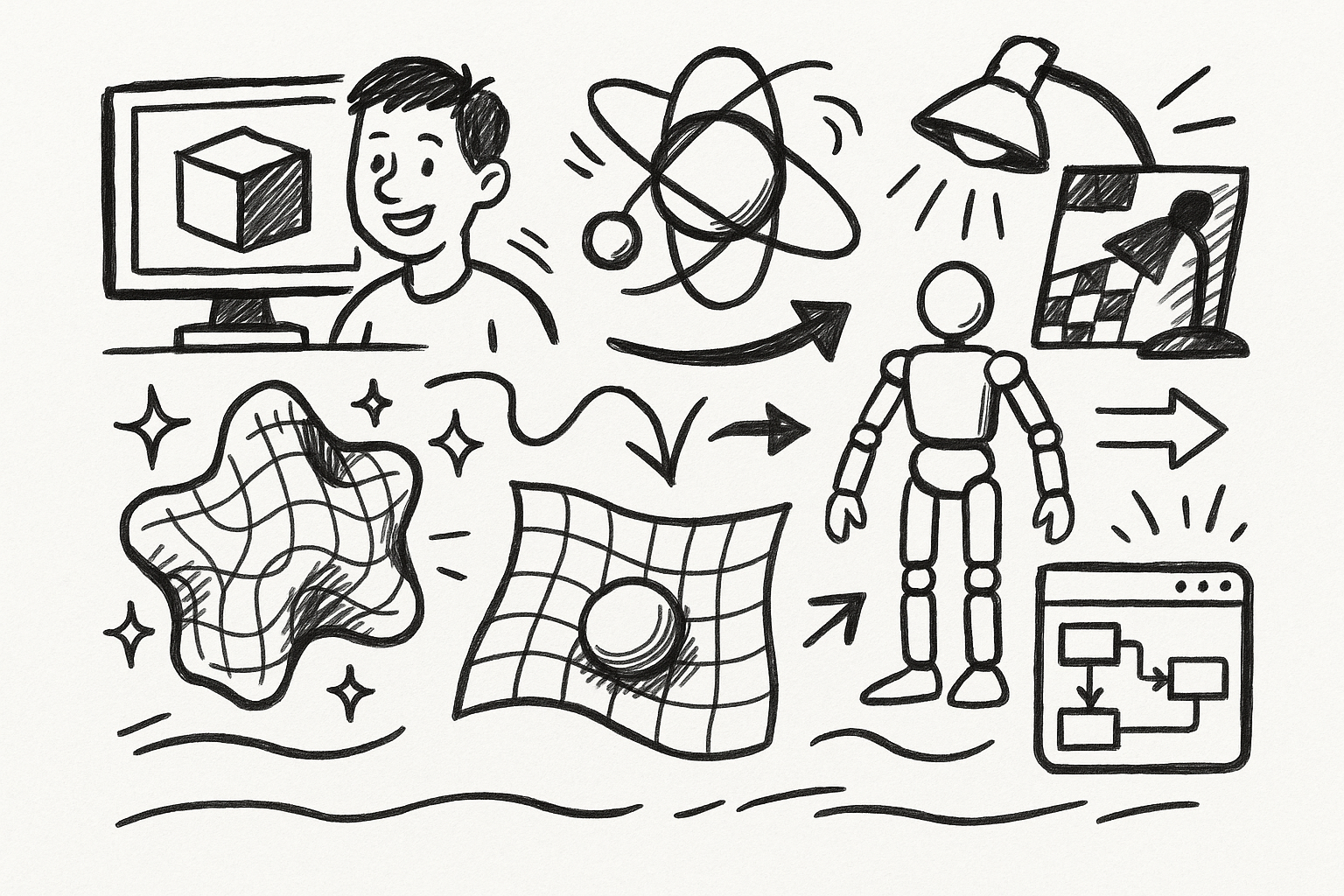Your Cart is Empty
Customer Testimonials
-
"Great customer service. The folks at Novedge were super helpful in navigating a somewhat complicated order including software upgrades and serial numbers in various stages of inactivity. They were friendly and helpful throughout the process.."
Ruben Ruckmark
"Quick & very helpful. We have been using Novedge for years and are very happy with their quick service when we need to make a purchase and excellent support resolving any issues."
Will Woodson
"Scott is the best. He reminds me about subscriptions dates, guides me in the correct direction for updates. He always responds promptly to me. He is literally the reason I continue to work with Novedge and will do so in the future."
Edward Mchugh
"Calvin Lok is “the man”. After my purchase of Sketchup 2021, he called me and provided step-by-step instructions to ease me through difficulties I was having with the setup of my new software."
Mike Borzage
V-Ray Tip: Optimizing Render Efficiency with V-Ray's Adaptive Lights
October 18, 2024 2 min read

In the world of rendering, understanding V-Ray's Adaptive Lights can significantly enhance both the efficiency and quality of your renders. Adaptive Lights is a feature designed to optimize the way V-Ray calculates illumination in scenes with numerous light sources. This feature is particularly beneficial in complex scenes where multiple lights are used, such as architectural visualizations or intricate interior designs.
Here's a concise breakdown of how Adaptive Lights work and how to implement them in your workflow:
-
What Are Adaptive Lights?
- Adaptive Lights allow V-Ray to intelligently decide which lights to sample in a scene, focusing computational power on the lights that have the most impact on the final render.
- This reduces the calculation overhead and can lead to faster render times without compromising on quality.
-
Benefits of Using Adaptive Lights
- Reduced Render Times: By sampling only the most significant lights, you decrease render times, especially in scenes with a high number of light sources.
- Maintained Quality: Since V-Ray focuses on lights that contribute the most to the scene, the end result remains high-quality, even with fewer light calculations.
- Efficient Resource Utilization: Adaptive Lights help in optimizing CPU usage, making it a cost-effective solution for extensive projects.
-
Implementing Adaptive Lights
- To use Adaptive Lights, locate the Render Settings panel within V-Ray.
- Under the Global Illumination settings, find the Adaptive Lights option and enable it.
- Adjust the Light Threshold value to control the sensitivity of light sampling. A lower value will result in more accurate lighting but may increase render times slightly.
-
Tips for Optimal Use
- For scenes with small numbers of lights, Adaptive Lights may not provide significant advantages, so use it judiciously in complex lighting setups.
- Experiment with the Light Threshold setting to find the perfect balance between speed and quality for each specific project.
- Stay updated with V-Ray releases, as improvements and optimizations to Adaptive Lights are continuously being made.
By integrating Adaptive Lights into your V-Ray rendering process, you can achieve a streamlined workflow that doesn't sacrifice quality for speed. For more professional tips and in-depth guides on V-Ray, visit NOVEDGE, your trusted source for all things V-Ray and 3D software solutions.
You can find all the V-Ray products on the NOVEDGE web site at this page.
Also in Design News

Revolutionizing 3D Design: Exploring Five Groundbreaking Innovations in Cinema 4D
August 31, 2025 4 min read
Read More
Revolutionizing Telecommunications: The Rise of Advanced Design Software
August 31, 2025 16 min read
Read More
Cinema 4D Tip: Optimizing 2D Matte Integration with Projection Man in Cinema 4D
August 31, 2025 3 min read
Read MoreSubscribe
Sign up to get the latest on sales, new releases and more …


